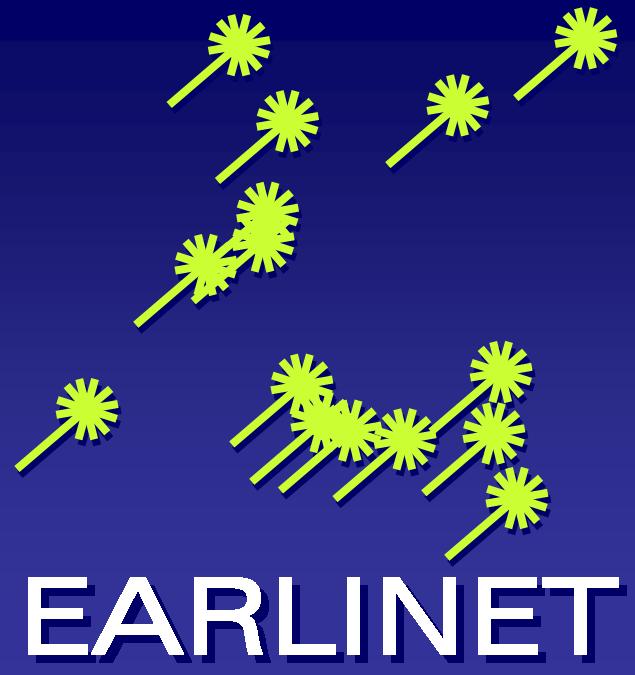comparison: docs/depolarization/depolarization.rst
docs/depolarization/depolarization.rst
- changeset 125
- 003aa42747f5
- parent 117
- e648de2b917e
- child 144
- 72f0d92af2d1
equal
deleted
inserted
replaced
| 124:becb9de86607 | 125:003aa42747f5 |
|---|---|
| 52 | 52 |
| 53 For what it concerns the method c) it, basically, requires to solve the equation: | 53 For what it concerns the method c) it, basically, requires to solve the equation: |
| 54 | 54 |
| 55 .. math:: | 55 .. math:: |
| 56 \alpha_s P_s + \alpha_p P_p = P | 56 \alpha_s P_s + \alpha_p P_p = P |
| 57 :label: eq_totsig | |
| 57 | 58 |
| 58 in two different atmospheric layers with considerably different *VLDR*. So to calibrate in this way the implementation of automatic layer identification in the SCC is required. As at moment this feature is not yet available within the SCC **ONLY** the method b) is considered. | 59 in two different atmospheric layers with considerably different *VLDR*. So to calibrate in this way the implementation of automatic layer identification in the SCC is required. As at moment this feature is not yet available within the SCC **ONLY** the method b) is considered. |
| 59 | 60 |
| 60 1.3 SCC procedure to calculate the PLDRP | 61 1.3 SCC procedure to calculate the PLDRP |
| 61 ---------------------------------------- | 62 ---------------------------------------- |
| 97 | 98 |
| 98 In case of +45 calibration method :math:`\eta^*` is calculated by: | 99 In case of +45 calibration method :math:`\eta^*` is calculated by: |
| 99 | 100 |
| 100 .. math:: | 101 .. math:: |
| 101 \eta^* = \frac{I_R}{I_T}(+45) | 102 \eta^* = \frac{I_R}{I_T}(+45) |
| 103 :label: eq_eta1 | |
| 102 | 104 |
| 103 While in case of :math:`\Delta90` calibration method: | 105 While in case of :math:`\Delta90` calibration method: |
| 104 | 106 |
| 105 .. math:: | 107 .. math:: |
| 106 \eta^* = \sqrt{\frac{I_R}{I_T}(+45) \frac{I_R}{I_T}(-45)} | 108 \eta^* = \sqrt{\frac{I_R}{I_T}(+45) \frac{I_R}{I_T}(-45)} |
| 109 :label: eq_eta2 | |
| 107 | 110 |
| 108 **ELDA** module calculates the “apparent” *VLDR*: | 111 **ELDA** module calculates the “apparent” *VLDR*: |
| 109 | 112 |
| 110 .. math:: | 113 .. math:: |
| 111 \delta^* = \frac{K}{\eta^*} \cdot \frac{I_R}{I_T} | 114 \delta^* = \frac{K}{\eta^*} \cdot \frac{I_R}{I_T} |
| 115 :label: eq_delta1 | |
| 112 | 116 |
| 113 the *VLDR* | 117 the *VLDR* |
| 114 | 118 |
| 115 .. math:: | 119 .. math:: |
| 116 \delta = \frac{\delta^*(G_T + H_T)-(G_R + H_R)}{(G_R - H_R) - \delta^*(G_T - H_T)} | 120 \delta = \frac{\delta^*(G_T + H_T)-(G_R + H_R)}{(G_R - H_R) - \delta^*(G_T - H_T)} |
| 121 :label: eq_delta2 | |
| 117 | 122 |
| 118 and the *PLDR* | 123 and the *PLDR* |
| 119 | 124 |
| 120 .. math:: | 125 .. math:: |
| 121 \delta_{\alpha} = \frac{(1 + \delta_m)\delta R - (1 + \delta)\delta_m}{(1 + \delta_m)R - (1 + \delta)} | 126 \delta_{\alpha} = \frac{(1 + \delta_m)\delta R - (1 + \delta)\delta_m}{(1 + \delta_m)R - (1 + \delta)} |
| 127 :label: eq_pldr | |
| 122 | 128 |
| 123 where: | 129 where: |
| 124 | 130 |
| 125 - :math:`\eta^*` is the *apparent calibration factor* calculated by **ELDEC** | 131 - :math:`\eta^*` is the *apparent calibration factor* calculated by **ELDEC** |
| 126 | 132 |
| 138 | 144 |
| 139 In order to retrieve the backscatter profile the total signal must be obtained combining the transmitted and reflected polarized signals. The following formula is used: | 145 In order to retrieve the backscatter profile the total signal must be obtained combining the transmitted and reflected polarized signals. The following formula is used: |
| 140 | 146 |
| 141 .. math:: | 147 .. math:: |
| 142 I_{total} \propto \frac{\frac{\eta^*}{K}H_R I_T - H_T I_R}{H_R G_T - H_T G_R} | 148 I_{total} \propto \frac{\frac{\eta^*}{K}H_R I_T - H_T I_R}{H_R G_T - H_T G_R} |
| 149 :label: eq_Itot | |
| 143 | 150 |
| 144 The formulas above are general and can be adapted to all possible polarization lidar configurations selecting the right polarization cross-talk correction parameters (see Table 1.1). | 151 The formulas above are general and can be adapted to all possible polarization lidar configurations selecting the right polarization cross-talk correction parameters (see Table 1.1). |
| 145 | 152 |
| 146 Let's suppose, for example, we have the perpendicular polarized lidar signal on the transmitted channel and the parallel polarized on reflected channel. For an ideal system (no diattenuation and cross-talk) we have: | 153 Let's suppose, for example, we have the perpendicular polarized lidar signal on the transmitted channel and the parallel polarized on reflected channel. For an ideal system (no diattenuation and cross-talk) we have: |
| 147 | 154 |

